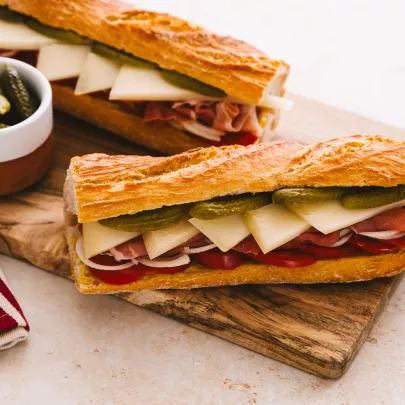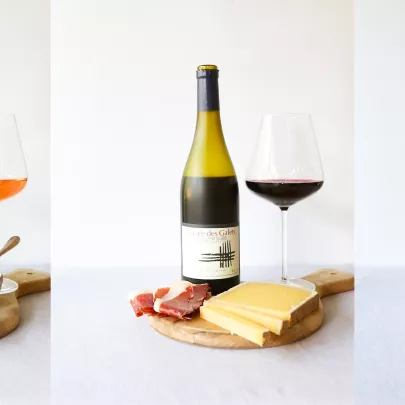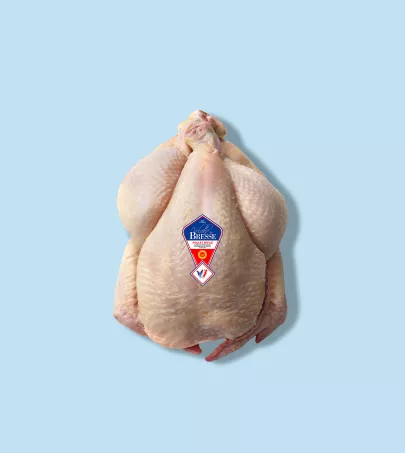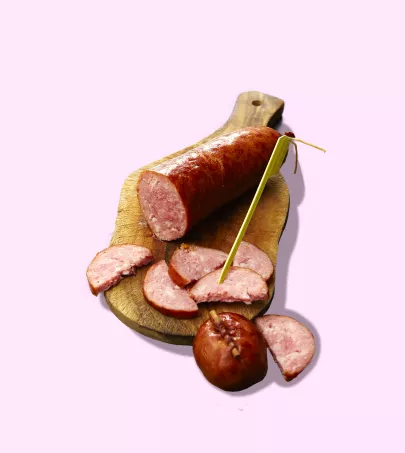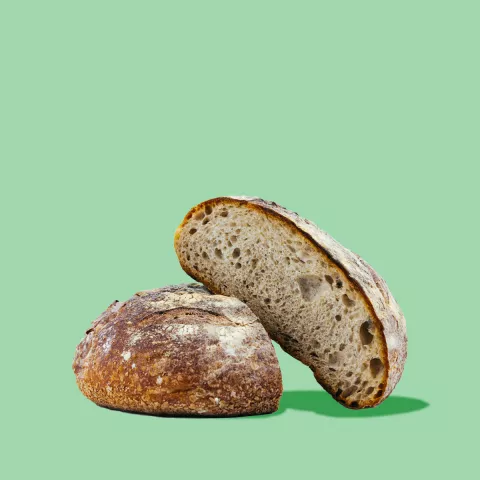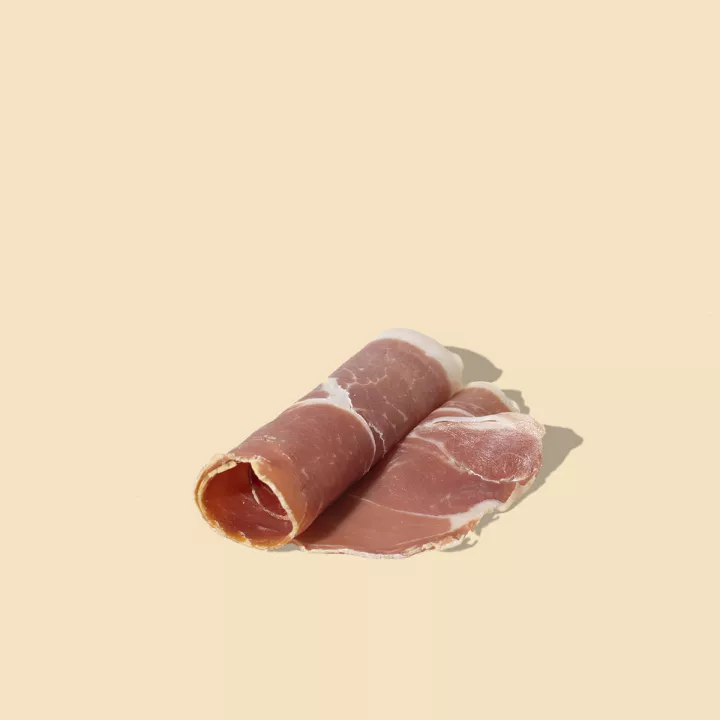
Lightly salted and featuring a melt-in-your-mouth texture, Bayonne Ham PGI is the most well known and heavily consumed dried ham in France. It is the product of the perfect balance between climate, natural resources, and an ancestral savoir-faire.
What you need to know
PGI Bayonne ham owes much to its terroir as well as the far-reaching influence of the Port of Bayonne. As evidenced by its many pork markets, the region developed a specialty in pig farming as far back as the Middle Ages. In addition, salt has been naturally present in the sub-soils of the Pyrenees Mountains for millions of years. The salt from Salies-de-Béarn, which is exceptionally pure and features high levels of trace minerals, is recommended for use in curing PGI Bayonne ham. Finally, in the Adour river basin, which is nestled between the Pyrenees and the Atlantic Ocean, the humid air from the Atlantic meets the foehn, a hot and dry southerly wind, creating the perfect conditions for drying.
Whole fresh hams are sourced from a specific region that includes 22 departments in the southwest region of France (including Cantal) and are processed in the Adour river basin. They are rubbed with salt from the Adour salt marshes, then coated with salt and refrigerated in a salting room for around 10 days. The hams are then hung in a cooling room for several weeks. Throughout the ensuing drying process, which lasts 12 months, the hams age and develop their specific flavor. During the pannage stage, the ham is coated with a mixture of pork grease and flour, which slows down the drying process. The final maturing process lets each ham develop its own one-of-a-kind flavor. The ham is then checked to ensure all of the certification's flavor quality criteria are upheld. The "Bayonne" brand, called the Lauburu, is then pressed into the hide.
Nutritional benefits
Editor's note
Pair with
White wine: Bergerac, Gaillac, Buzet, and Jurançon Sec
Red wine: Madiran, Irouléguy, Béarn, and Fronton






